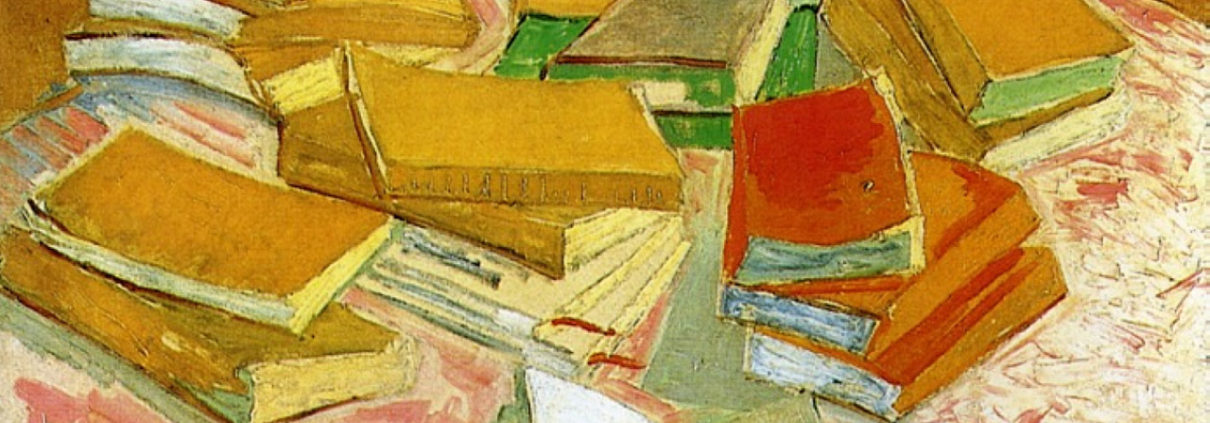Heinz Hartmann II Lecture: Mind as Text: Freud’s (Typo)graphical Model of the Mind
Event Phone: 212-879-6900
- February 6, 2018
8:00 pm - 10:00 pm
Presenter and Awardee: Adele Tutter, M.D., Ph.D.
Introduction by: Daria Colombo, M.D.
Freud developed the topographical model of the mind at a time when not only literary, but all academic, scientific, medical, and publications—especially those dealing with sexuality—were subject to strict governmental censorship that specifically sought to distinguish between “real” academic scholarship, and subversive, salacious “fictions” that masqueraded as such. Increasing suspicion was directed in particular toward doctors who used cures based on suggestion, a skepticism that found expression in fin de siècle texts—including Arthur Schnitzler’s play Paracelsus, which the author interprets as a satirical critique of Freud’s Studies of Hysteria. Contextualizing Freud’s early theorizing within the threat of censorship and prosecution that was only heightened by challenges to its legitimacy encourages the conjecture that the topographical mode derived from a proto-model, in which the mind was conceptualized as an erotic “manuscript” that must undergo “censorship” before it can become a published “text”: a typographical model of the mind.
1) Trace the development of Freud’s construct of the “censor” of the topograpical theory and its derivation from institutionalized censorship.
2) Outline societal attitudes toward the dangers of the text and the state of institutionalized censorship in fin de siècle Europe
Venue: NYPSI's Marianne & Nicholas Young Auditorium
Description:
Second Floor, 247 East 82nd Street | New York, NY 10028

